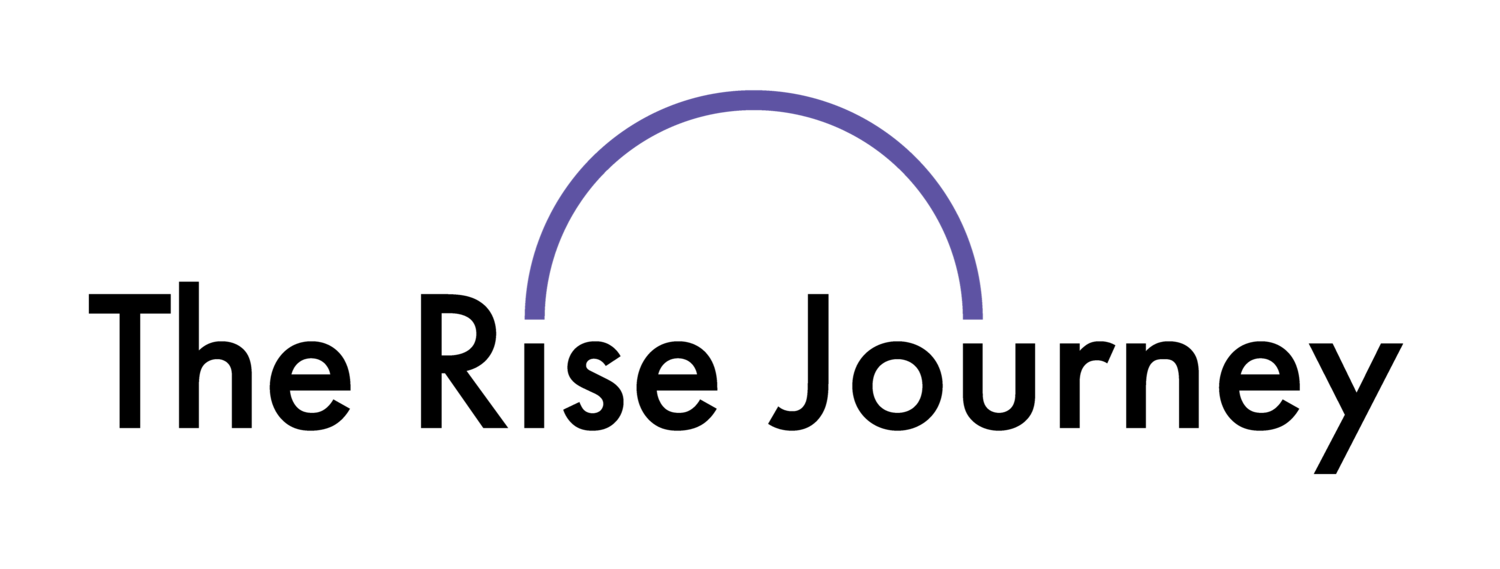Use Marketing Best Practices to Transform Your Company Culture
A group of colleagues promoting a positive work culture.
I likely don’t need to tell you that in the “new normal,” employees are struggling to stay engaged. They’re likely feeling at best out of sorts or like many folks I speak with, unable to focus with the monotony of each day and worry of what’s to come. Gone are the opportunities to burn off steam with “watercooler” conversations and impromptu happy hours. Not to mention the fact that two-thirds of people are not planning to take or don’t know whether they’ll take a vacation in 2020, a key opportunity for many to recharge. In fact, according to Gallup’s “State of the Global Workplace 2017”, 85% of employees are not engaged in the workplace, and this complacency is costing your company $3,400 for every $10,000 in the disengaged employee’s annual salary. This means that in a company of 50 people making an average annual salary of $80,000, employee disengagement could be costing your organization $1,360,000 a year.
It’s more important than ever before that you garner and maintain excitement for your company’s mission and values. Yes, you likely have your mission statement but does everyone in your organization know how their work is changing the world? Are they connected to your values? Do they feel that there is a higher purpose beyond a paycheck, given that Millennials crave meaningful work and want to feel they are contributing to their organization’s mission? Have you asked them?
What does Cultural Transformation have to do with Marketing?
Given today’s troubling employee engagement statistics, you’re likely in a good company culture if you answered “no” to any of the previous questions. So, what do you do about it? Perhaps it is time to tap into your marketing department’s expertise.
The best way to reconnect your company to its purpose and engage your team – be the “hero” to your customers aka, your employees. Do your employees know why your customers buy from you? Are they aware of the ways your company improves your customers’ lives as individuals? Most importantly, does your culture align with your organization’s strategy and structure?
Establish a Baseline to Improve Employee Disengagement
“If you can’t measure it, you can’t improve it,” as Peter Drucker is often quoted as saying. Start with informational conversations with key stakeholders across the organization to get a sense of what’s top of mind for the employees, including their priorities, success factors and perceived barriers. Rather than a “Voice of the Customer” as we say in marketing, think of it as the “Voice of the Employee,” including the following:
What attracted them to join your organization?
What other organizations did they consider joining?
What keeps them with the company?
What could be improved?
Document Their Responses: Use Them for Key Company Culture Insights
Now you’re ready to create a quantitative survey, using the learnings from the qualitative interviews. Why the multiple steps, you ask? Hearing the employee’s language and thought process in the qualitative interviews will help you to craft the questions and corresponding answers that make sense to the employee responding – resulting in the best insights. I also recommend establishing your organization’s employee net promoter score or eNPS. You can measure your eNPS score with the following three questions:
On a scale of 1 to 10, how likely are you to recommend this organization as a place to work?
On a scale of 1 to 10, how likely are you to recommend this company’s services or products to a friend or colleague?
Why?
According to Sophia Madhavan of HR Technologist, “An eNPS score can range anywhere from -100 to 100. However, any score above zero is acceptable… a score within the bracket of 10 to 30 is considered good and a score of 50 is excellent. Anything less than -10 should be a warning sign for you.” Repeat this survey consistently from every three months to once a year, at minimum.
Moreover, take an inventory of all the internal and external communications for the last 3-6 months, as employees are “customers” of both types of communication. Document the look and feel, tone and message. The biggest culprit? “Corporate” messaging and images that are boring! As Storybrand’s Donald Miller says, “…only in very rare cases has a mission statement actually led a company to be on a mission.”
Lastly, aggregate all your findings. You should have a good sense of the present-state and future-state of the organization. Ready to executive your cultural transformation strategy? Connect with our team to learn how The Rise Journey can help your organization succeed.
Interested in learning more about creating your company’s mission? Check out these resources recommended by The Rise Journey.
The Values Factor: The Secret to Creating an Inspired and Fulfilling Life by Dr. John F. Demartini
Defining Your Personal Values, Lean Into Curiosity Podcast - March 12, 2019
Who are you? Unleashing your Core Values, Jennifer Jones, TedxChathamKent - December 12 2016
“How to define core values for shaping your team’s culture.” Justin Lee, January 10, 2018
Sources
Heitmann, Blair. “Always (and Never) Out of Office, Why Two-Thirds of Professionals Aren’t Taking Time Off in 2020, But Should.” LinkedIn Official Blog, July 27, 2020, https://blog.linkedin.com/2020/july/16/always-and-never-out-of-office.
Gallup. State of the Global Workplace. New York: Gallup Press. 2017. Print.
Gloria Cordes Larson Center for Women and Business at Bentley University. Multi-Generational Impacts on the Workplace. Massachusetts: Bentley University. 2017. Print.
Madhavan, Sophia. “Employee Net Promoter Score: A good Measure of Engagement?” HR Technologist, November 7, 2019, https://www.hrtechnologist.com/articles/employee-engagement/employee-net-promoter-score-a-good-measure-of-engagement/


